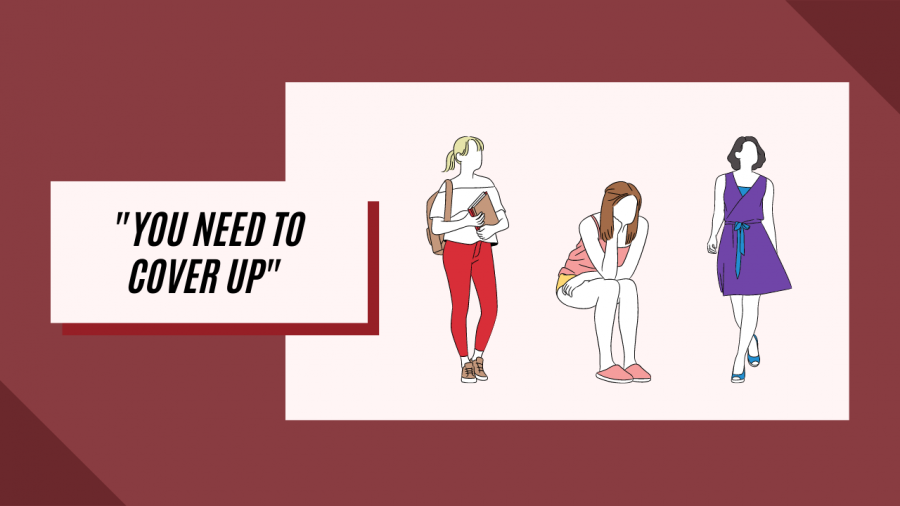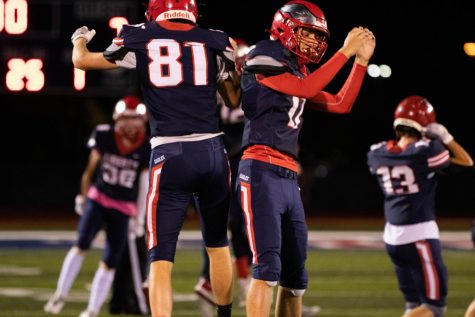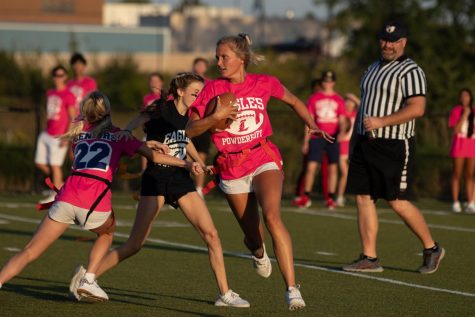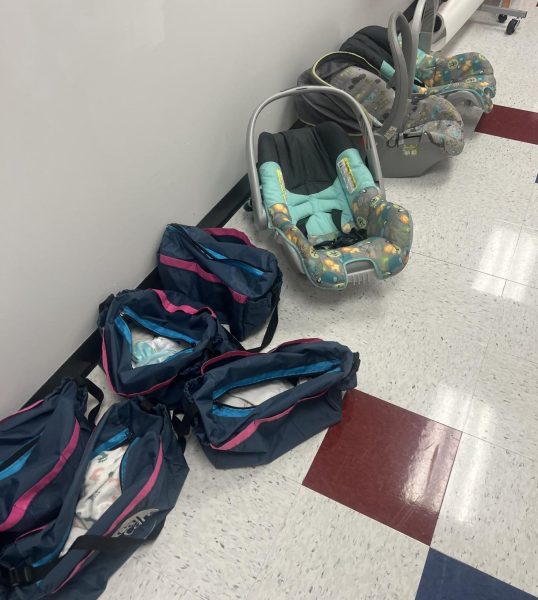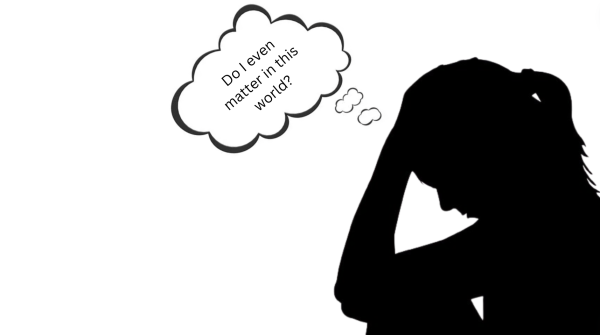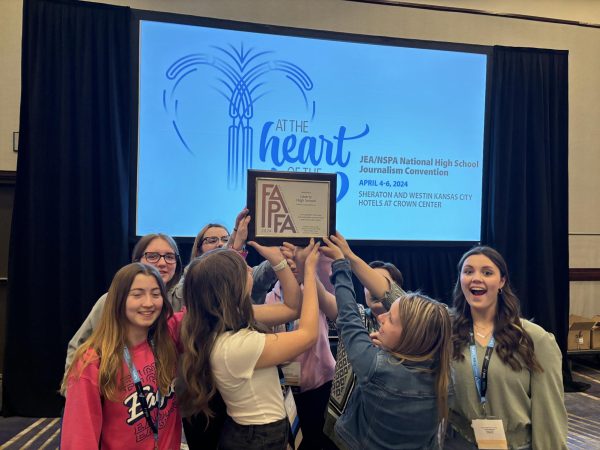‘You Need To Cover Up’
Are school dress codes promoting an outdated standard?
Some WSD dress code violations include tank tops, tops with no sleeves and off-the-shoulder clothing. Majority of these violations are geared toward female students.
Dress codes are intended to maintain a positive, safe, and suitable learning environment in schools. However, an excessive amount of dress code policies are found to have an adverse effect on students. More often than not, dress code violations are disproportionately targeted towards female students, LGBTQ+ students, and students of color.
Recently there’s been national attention on the debate over dress codes. With the start of the new school year, an influx of dress code walkouts and protests have made their way into the media.
The most prevalent, two high school students in Illinois tested a theory about their schools’ dress code being sexist. Students Drew Jarding and Kenzie Crimmins both wore similar outfits to school that went against the dress code. Crimmins was found in violation of the policy, while Jarding was not. Jarding posted the results on his TikTok account (@drooscroo) where it has garnered over 1.2 million views.
Wentzville School District has had the same dress code policy since 2014. The Do’s and Don’ts of the New Dress Code document features primarily female dress code violation examples. This document states that “refusal to change or cover said clothing or accessories will result in the students not being allowed to attend class until they have complied with this policy.”
Why are my bare shoulders determined to be disrupting the learning environment? Why are school officials referring to middle school girls’ arms as “sexual objects? Why is the responsibility to ‘cover-up’ heavily placed on female students, instead of teaching boys to respect girls regardless of what they’re wearing?
This statement appears contradictory in regards to the purpose of a dress code. In fact, I presume that this rule impedes the learning environment far more in comparison to a student breaking the dress code in most situations.
The first school dress code law was established in the 1969 Supreme Court case of Tinker vs. Des Moines Independent School District. In this case, several high school students were suspended for wearing black armbands in protest of the Vietnam War. The Court ruled that public schools cannot censor student expression, unless there is a reason that such expression would disrupt the learning environment or the rights of others.
My question is this: Why are my bare shoulders determined to be disrupting the learning environment? Why are school officials referring to middle school girls’ arms as “sexual objects? Why is the responsibility to ‘cover-up’ heavily placed on female students, instead of teaching boys to respect girls regardless of what they’re wearing?
When there are high school administrators photoshopping clothing onto yearbook photos of female students, we know that this is an issue worth addressing. These actions are teaching young girls to be ashamed and embarrassed about their bodies as early as elementary school.
Ultimately, school dress code policies should still be implemented. It’s clearly important that students and staff have limits on what they can and cannot wear to school, as it would be the same in most workplace environments. But I am immensely tired of girls’ bodies being unfairly objectified. This problem is, and has been, the effect of a deeply-rooted societal issue. A new approach regarding the current dress code policies in districts across the country is long overdue.
More news stories regarding dress code issues:
High school senior suspended and threatened over dress code
8th grader challenges dress code
Dress code walkouts throughout Jacksonville

